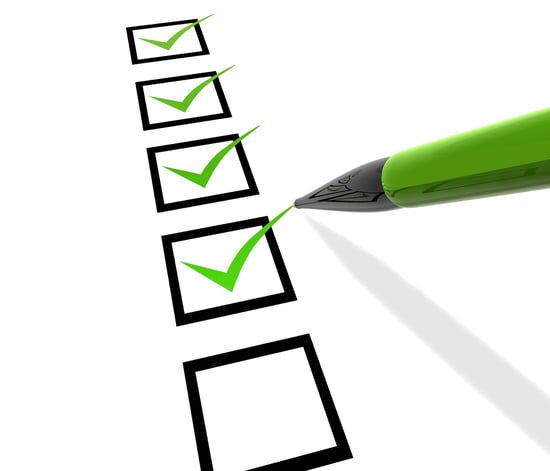
Medications can be prescribed for a wide variety of reasons. They are taken to diagnose, treat or even prevent disease. Under normal circumstances, we don’t think too much about it. As the old saying goes: “the healthy man has a hundred wishes, but the sick has only one.”
When people are sick, they usually make a serious attempt to follow the instructions, but the human error factor is inevitable. As a result, many treatments are negated by alternative dosages, flexible times, missed medications, and other medication errors.
For an individual suffering from a disease, it may be an overwhelming task to follow a strictly regulated medication schedule. It may not even be possible to do at home, or without special training.
If someone is unable to give themselves the required medication, or if the medication is very difficult to take by without help, such as by intravenous injection, they will need to seek immediate medical assistance.

When a patient is in a hospital, nursing home or assisted living complex, the staff will help administer the medication needed.
A certified nursing assistant (CNA) will be able to help patients take their medications after the CNA successfully completes the Assistance with Medications Certification , but there are limitations to what he or she is allowed to do. In order to administer medications independently, you are required to be a licensed nurse or doctor.
In your position as a CNA or nurse, you are helping those that cannot help themselves. Your help is critical for your patients’ health, perceived well-being, and quality of life.
As a result, it is important to verify that it’s done correctly. With the Assistance with Medications Certification you increase the probability that the right procedures are in place. Aim to provide high-quality, evidence-based care that is focused on patient safety.
Upon completion of the training program for the assistance with medications certification, you will have demonstrated your knowledge about the Nine Rights of Patients & Residents and how to enforce them:
10 – Right Medication: Check the medication. Check the documentation. Check the medication sticker. Verify the sticker with the documentation.
9 – Right Resident: Know your patients. Always confirm his or her identity.
8 – Right Dosage: Check the prescribed dose. Make sure the patient is taking the correct amount of medication, whether it’s in liquid form or tablets.
7 – Right Time: Medications must be taken or administered at the time indicated on the label and in the documentation. A time span of two hours is standard practice. Outside this time frame is considered a medication error.
6 – Right Routine: Give the medications as instructed. Make sure you are following the correct procedures.
5 – Right Documentation: When a medication has been administered, the medication chart must be signed. Failing to maintain proper documentation creates the risk that the patient is being administered the same treatment twice.
The accuracy of the documentation is a legal responsibility.
4 – Right Response: Once a medication has been taken or administered, the patient should be carefully monitored for the response. Monitoring may include assessment of the patient’s blood glucose level, vital signs and other physiological parameters.
Check the patient for side effects, including unusual reactions and significant changes in his or her behavior, which may require modifications of the prescribed dosages.
3 – Right Reason: Before giving or administering a medication, it’s important to ensure that it was prescribed for the right reason. Check the documentation and when possible, confirm with the patient what the medication will do and why it was prescribed.
2 – Right to Refuse: The patient has the right to refuse medications, if he or she wishes to.
The final and most important point:
1 – Always Triple-Check the Medication: Check the medication, again. Then triple-check that it is correct.

Regrettably, medication errors are common in clinical situations. Following these simple guidelines will not only help you to better serve your patients, but also keep them safe.
It is important for healthcare facilities that offer medication assistance to have Assistance with Medications Certifications.
Patient safety and quality of care must be priorities at all times in clinical practice, and it's crucial to have a certified staff member available to administer medications according to a doctor's order or prescription label.
Your role and responsibility in ensuring medication safety doesn’t end just because the medication has been administered. Although the human error factor cannot be eliminated, the conditions can be modified to make errors less common.
While identifying how you can do better in your own practices in terms of enforcing the Nine Rights of Patients and Residents, consider becoming certified and search for additional information about an Assistance with Medications Certification.

-1.png)

